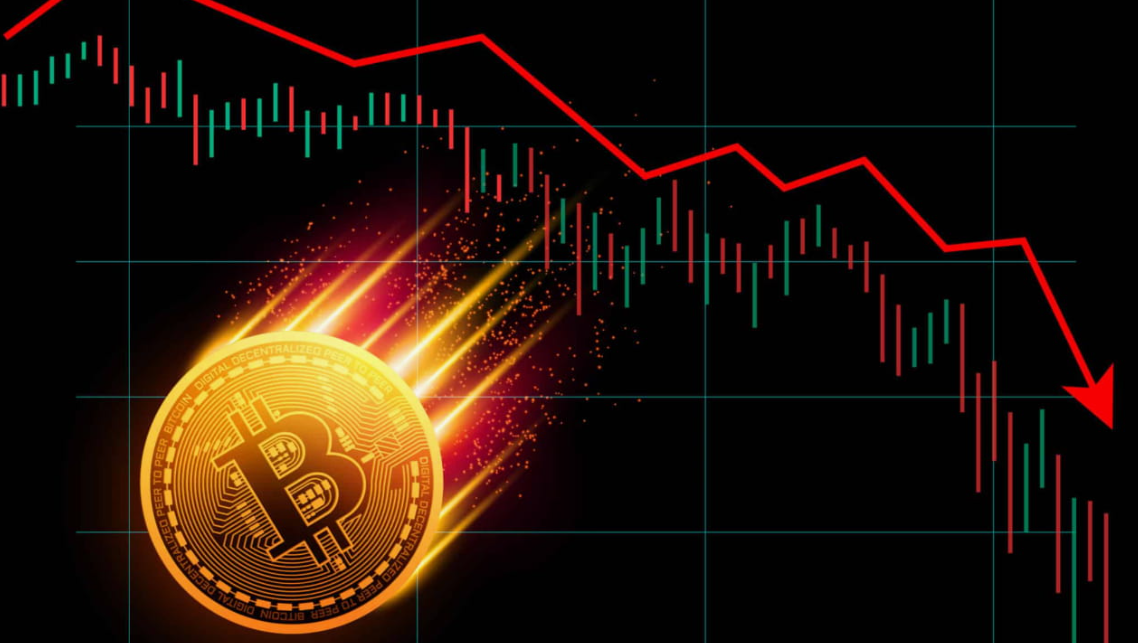Hey there, traders! If you’re diving into the world of currency trading, you’ve probably come across the Turkish Lira to Pound chart. This chart is super important for anyone looking to trade between these two currencies. So, let’s break it down and explore what you need to know to make informed decisions.
What Is the Turkish Lira to Pound Chart?
The Turkish Lira to Pound chart shows how much one Turkish Lira (TRY) is worth in British Pounds (GBP). This chart is essential for traders who want to know the exchange rate and make decisions about buying or selling these currencies.
Why Does It Matter?
Understanding this chart is crucial for a few reasons:
- Market Trends: The chart can help you spot trends in the currency market.
- Investment Decisions: Knowing how the lira is performing against the pound can help you decide when to buy or sell.
- Economic Insights: Changes in the chart can reflect economic events in Turkey or the UK.
So, if you’re looking to trade, keeping an eye on this chart is a must!
How to Read the Turkish Lira to Pound Chart
Now that we know what the chart is, let’s talk about how to read it. Here’s a step-by-step guide to help you out.
1. Understand the Basics
Before you get into the nitty-gritty, let’s cover some basics:
- X-axis (Horizontal): This usually shows time. You might see days, weeks, or even months.
- Y-axis (Vertical): This shows the exchange rate. For example, if the rate is 0.035, it means 1 Turkish Lira is worth 0.035 British Pounds.
2. Spotting Trends
When you look at the chart, pay attention to the overall direction. Is the line going up or down? Here are some things to look for:
- Uptrend: If the line is rising, it means the lira is gaining strength against the pound. This might be a good time to buy.
- Downtrend: If the line is falling, the lira is losing value. This could be a signal to sell or hold off on buying.
3. Identify Support and Resistance Levels
Support and resistance levels are price points where the currency tends to bounce back. Here’s how they work:
- Support Level: This is a price where the lira seems to stop falling and starts to rise again. It’s like a safety net.
- Resistance Level: This is where the lira struggles to rise above. If it breaks through this level, it might keep going up.
4. Use Candlestick Patterns
Candlestick charts are super helpful for analyzing price movements. Each candle shows price changes over a specific time. Here’s what to know:
- Bullish Candlestick: If the closing price is higher than the opening price, it’s a bullish candle. This indicates buying pressure.
- Bearish Candlestick: If the closing price is lower than the opening price, it’s a bearish candle. This shows selling pressure.
Factors Influencing the Turkish Lira to Pound Exchange Rate
Several factors can impact the Turkish Lira to Pound chart. Here’s a list of the key players:
1. Economic Indicators
- Inflation Rates: High inflation in Turkey can lead to a weaker lira. Keep an eye on inflation reports!
- Interest Rates: If the Central Bank of Turkey raises interest rates, it can strengthen the lira as investors seek higher returns.
2. Political Stability
Political events can significantly impact currency values. For example, elections or changes in government can create uncertainty, which might weaken the lira.
3. Global Events
Things like economic crises, pandemics, or global market changes can affect how currencies trade against each other. For example, during the pandemic, many currencies fluctuated wildly due to uncertainty.
4. Market Sentiment
Sometimes, how traders feel about the Turkish economy or global events can sway the exchange rate. If traders are optimistic, the lira might strengthen. If they’re worried, it could weaken.
How to Analyze the Turkish Lira to Pound Chart for Trading
Once you’ve got a good handle on reading the chart, it’s time to analyze it for trading. Here’s a simple approach:
1. Set Your Goals
Before jumping in, think about what you want to achieve. Are you looking for short-term gains, or are you more interested in long-term investments?
2. Use Technical Analysis
Technical analysis involves looking at the chart patterns and indicators to make predictions. Here are some tools you can use:
- Moving Averages: These smooth out price data to help you see trends over time.
- Relative Strength Index (RSI): This tells you if a currency is overbought or oversold.
3. Monitor News and Events
Stay updated on economic news, political events, and anything that could affect the Turkish lira. Websites like FXpricing provide real-time data and news updates that can help you make informed decisions.
4. Create a Trading Plan
Based on your analysis, set a clear plan. Decide when to enter and exit trades, and stick to your strategy. This helps prevent emotional trading decisions!
Personal Insights on Trading the Turkish Lira to Pound
As a trader, I can tell you that understanding the Turkish Lira to Pound chart has been essential for my trading success. At first, I struggled to read the charts and often made impulsive decisions. But once I learned to analyze trends and pay attention to economic indicators, my trading improved.
For example, I remember a time when the lira was experiencing a downtrend due to political instability in Turkey. By recognizing the trend early, I decided to hold off on buying and waited for a more stable situation. It paid off when the lira eventually strengthened, and I was ready to take advantage.
Conclusion
In summary, understanding the Turkish Lira to Pound chart is crucial for anyone looking to trade these currencies. By learning how to read the chart, analyzing trends, and keeping an eye on key factors, you can make more informed trading decisions.
Don’t forget to check out FXpricing for the latest data and charts. Happy trading!
FAQs
1. What does the Turkish Lira to Pound chart show?
The chart shows the exchange rate of one Turkish Lira in British Pounds.
2. Why is the Turkish Lira to Pound chart important for traders?
It helps traders identify trends and make informed buying or selling decisions.
3. What factors influence the exchange rate between the Turkish Lira and the Pound?
Economic indicators, political stability, global events, and market sentiment can all impact the exchange rate.
4. How can I analyze the Turkish Lira to Pound chart?
You can analyze it by spotting trends, identifying support and resistance levels, and using technical analysis tools.5. Where can I find real-time data for the Turkish Lira to Pound exchange rate?
Websites like FXpricing offer real-time data, historical charts, and market news to help you stay informed.





